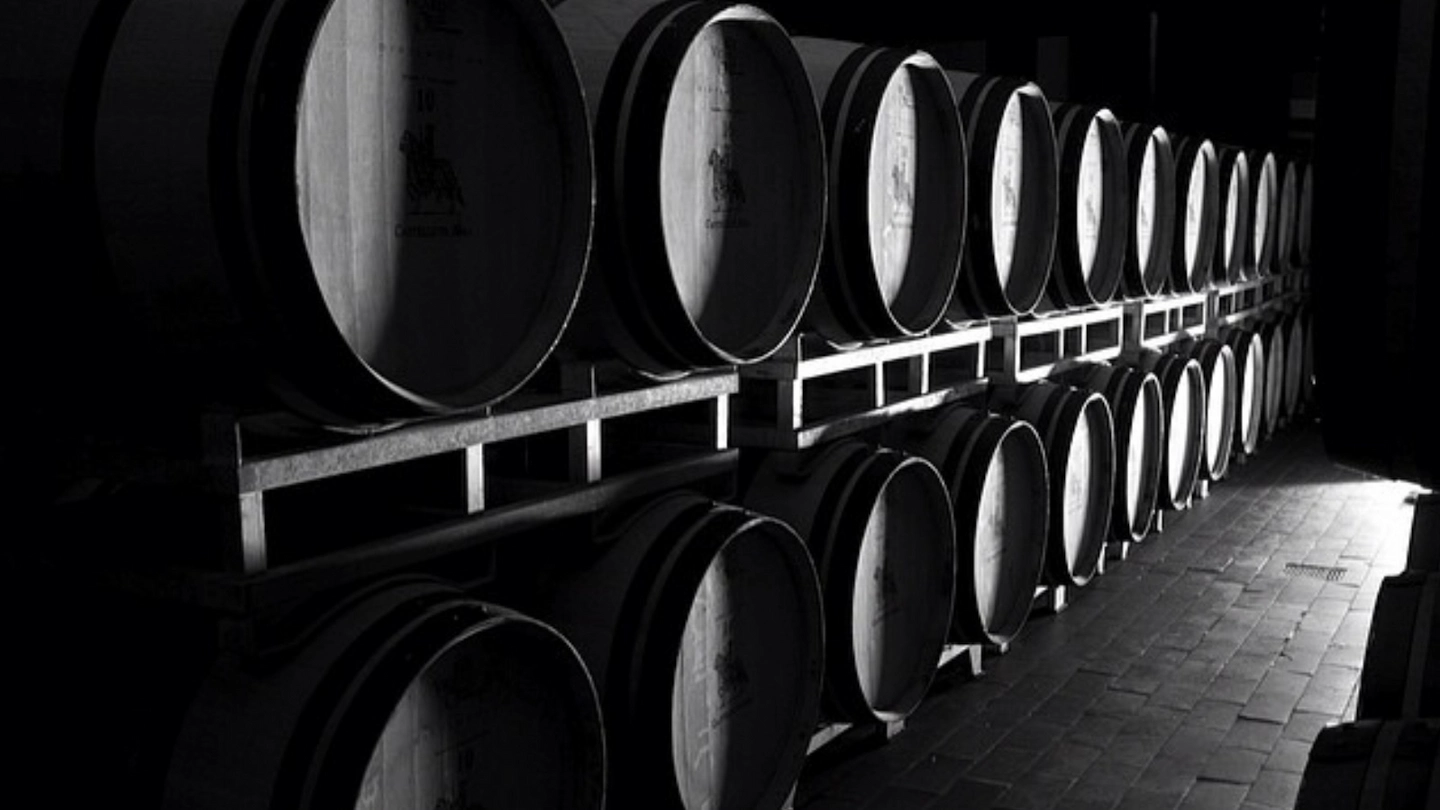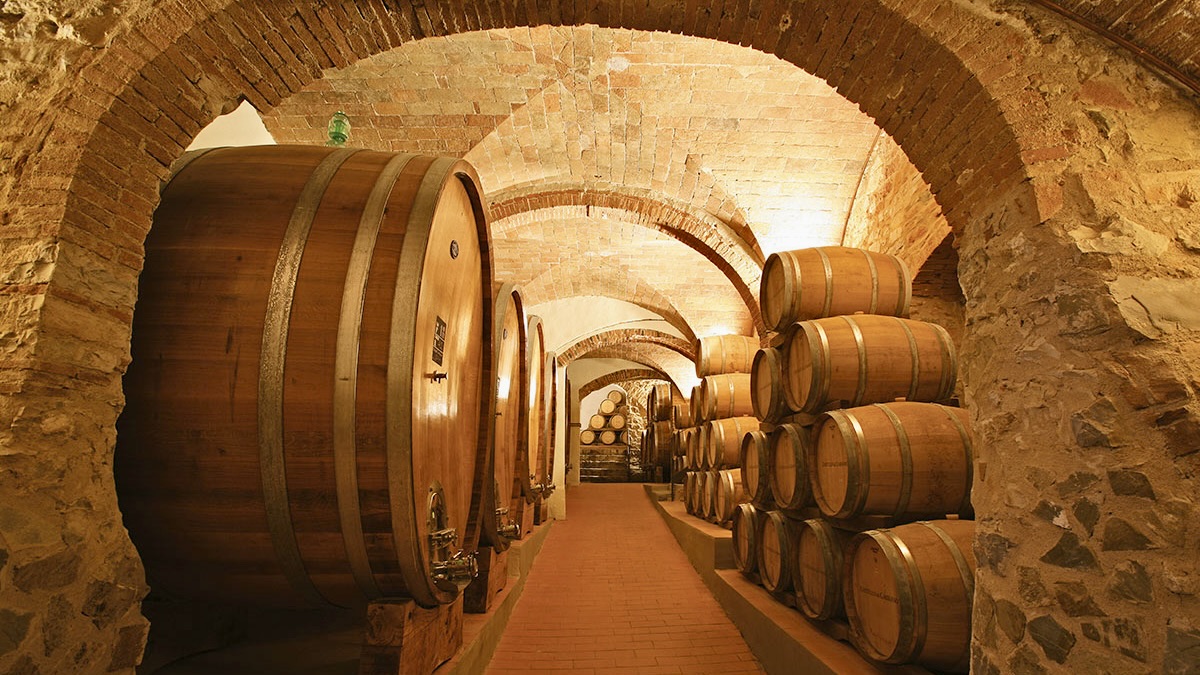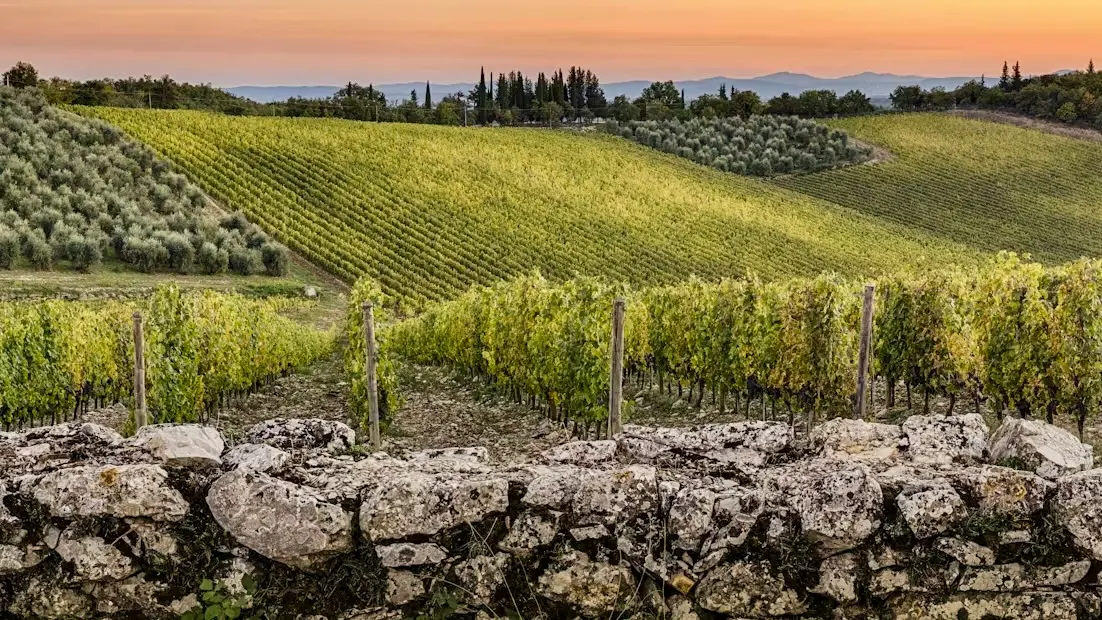Winemaking
Winemakers transport us to their wineries and vineyards to explain how terroir and winemaking create these unique wines.
Dive deep into what makes Chianti Classico unique from the winemaker's point of view.
In this exploration of Chianti Classico winemaking, we've spoken with two renowned winemakers, Arturo Maria Pallanti and Federico Cerelli.
They shared insights on Sangiovese clones, oak maturation techniques, and the new UGA system, offering a unique perspective on crafting these distinguished Italian wines.
Clones
The selection of Sangiovese clones significantly impacts the style and quality of wines in Chianti Classico. Winemakers face the challenge of choosing the right clones to express the unique terroir of their vineyards. We spoke to Federico Cerelli, Winemaker at Castello di Gabbiano, to get more information.

How do you find that the different clones of Sangiovese influence the final style and quality of your wines, and what are some of your favorite clones to use?
“In the mid-1900s, clone selection prioritized yield, aiming to produce as many grapes as possible. This resulted in Sangiovese wines that were acidic, light, and had rustic tannins. By the end of the 1900s, the focus shifted towards achieving top quality, aiming for Sangiovese with greater complexity and aging potential. The choice of clone was key to this change. In the late '80s, the Chianti Classico Consorzio initiated the 'Chianti Classico 2000' project to meet the need for replanting. This 16-year research identified 24 clones well-suited to our diverse soils and microclimates. These new clones are superior, producing smaller, thicker-skinned berries ideal for long-aging wines and less prone to botrytis. I value this research for its specificity to the Chianti Classico area. My preferred clones, adapted to specific areas and microclimates, include CC 2000 -3, CC 2000 - 4, and CC 2000 - 5.
Maturation in Oak
The ethos of oak maturation in winemaking is pivotal in defining the character and structure of the wine. Winemakers must decide on the type and size of oak barrels, balancing tradition with the unique requirements of each grape variety. We spoke with Federico Cerelli of Castello di Gabbiano and Arturo Pallanti of Castello di Ama to learn more.

What is your ethos for maturation in oak? Can you tell us why and what you do for your Riserva wines regarding maturation?
“We adhere to the original purpose of oak aging, which is to enable micro-oxygenation for stabilizing the wine's color and body. Our approach to oak aging has never been about adding aromatic qualities to the wine, as we prioritize preserving the natural fruitiness and finesse of the grapes. For our 'Montebuoni' Chianti Classico Riserva, this philosophy continues. It is aged in oak barrels, primarily ones that have been used two or three times before, for a period of about 11 to 12 months.”

“In oak maturation, it's crucial to consider the grape variety grown in the Chianti Classico area. For international varieties like Merlot, Cabernet Sauvignon, and Cabernet Franc, small wood barrels and tonneaux (300 - 500 liters) are ideal. In contrast, indigenous varieties such as Sangiovese, Colorino, and Canaiolo are best aged in larger casks, typically with a minimum capacity of 2000 liters. A classic in our region is the 5000-liter Slavonia oak cask. At Castello di Gabbiano, we use these for aging Sangiovese for Riserva. Additionally, we utilize 2000-liter casks made from local Roverella oak for Gran Selezione Sangiovese, a method I find exceptional for preserving the unique character and quality of the variety.”
UGAs
The creation of Additional Geographic Units (UGAs) is new to Chianti Classico as of 2023 and has been in the making for quite some time. Currently only used for Gran Selezione wines, this new system is changing how things work in Chianti Classico. We spoke to both Federico Cerelli and Arturo Pallanti to get their views on the new system.

For Gran Selezione wines, what are your thoughts on UGAs and how do you find the expression of single sites differ from that of blends from different UGAs?
“This question is vital for our region, but I don't have a definitive answer yet. Chianti Classico has traditionally been a blended wine, so our role as producers is to continually strive to highlight the distinct characteristics of each territory. At Castello di Ama, we've always been committed to this direction, focusing on expressing the unique qualities of our terroir in every bottle.”

“Answering this is challenging! The Chianti Classico appellation boasts diverse soils, microclimates, exposures, and altitudes. As a consultant winemaker for various wineries across different UGAs, I've noticed each winery has its unique character and style. While UGAs for Gran Selezione are a great starting point to understand Chianti Classico, finding a common style in Gran Selezione wines from the same UGA is difficult. This suggests that individual site characteristics often overshadow the UGA classification, or perhaps some UGAs are too broadly defined."